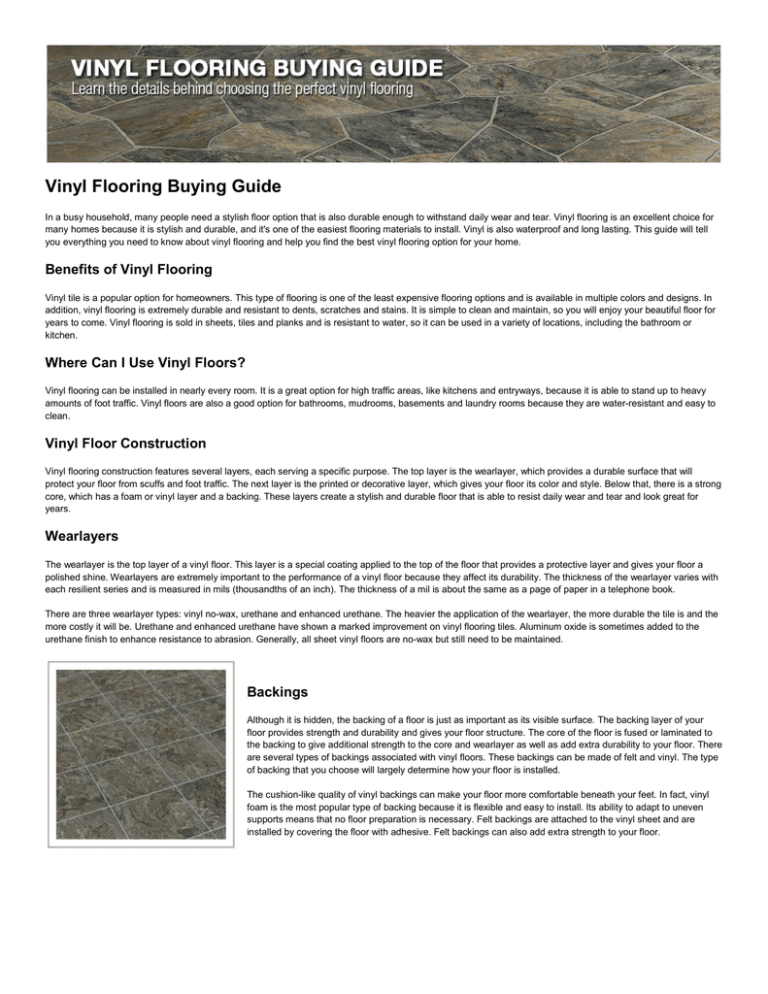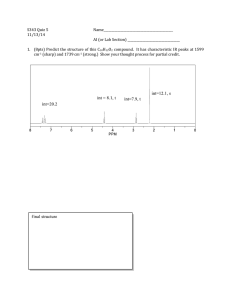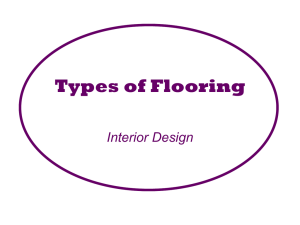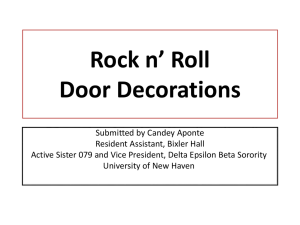
Vinyl Flooring Buying Guide
In a busy household, many people need a stylish floor option that is also durable enough to withstand daily wear and tear. Vinyl flooring is an excellent choice for
many homes because it is stylish and durable, and it's one of the easiest flooring materials to install. Vinyl is also waterproof and long lasting. This guide will tell
you everything you need to know about vinyl flooring and help you find the best vinyl flooring option for your home.
Benefits of Vinyl Flooring
Vinyl tile is a popular option for homeowners. This type of flooring is one of the least expensive flooring options and is available in multiple colors and designs. In
addition, vinyl flooring is extremely durable and resistant to dents, scratches and stains. It is simple to clean and maintain, so you will enjoy your beautiful floor for
years to come. Vinyl flooring is sold in sheets, tiles and planks and is resistant to water, so it can be used in a variety of locations, including the bathroom or
kitchen.
Where Can I Use Vinyl Floors?
Vinyl flooring can be installed in nearly every room. It is a great option for high traffic areas, like kitchens and entryways, because it is able to stand up to heavy
amounts of foot traffic. Vinyl floors are also a good option for bathrooms, mudrooms, basements and laundry rooms because they are water-resistant and easy to
clean.
Vinyl Floor Construction
Vinyl flooring construction features several layers, each serving a specific purpose. The top layer is the wearlayer, which provides a durable surface that will
protect your floor from scuffs and foot traffic. The next layer is the printed or decorative layer, which gives your floor its color and style. Below that, there is a strong
core, which has a foam or vinyl layer and a backing. These layers create a stylish and durable floor that is able to resist daily wear and tear and look great for
years.
Wearlayers
The wearlayer is the top layer of a vinyl floor. This layer is a special coating applied to the top of the floor that provides a protective layer and gives your floor a
polished shine. Wearlayers are extremely important to the performance of a vinyl floor because they affect its durability. The thickness of the wearlayer varies with
each resilient series and is measured in mils (thousandths of an inch). The thickness of a mil is about the same as a page of paper in a telephone book.
There are three wearlayer types: vinyl no-wax, urethane and enhanced urethane. The heavier the application of the wearlayer, the more durable the tile is and the
more costly it will be. Urethane and enhanced urethane have shown a marked improvement on vinyl flooring tiles. Aluminum oxide is sometimes added to the
urethane finish to enhance resistance to abrasion. Generally, all sheet vinyl floors are no-wax but still need to be maintained.
Backings
Although it is hidden, the backing of a floor is just as important as its visible surface. The backing layer of your
floor provides strength and durability and gives your floor structure. The core of the floor is fused or laminated to
the backing to give additional strength to the core and wearlayer as well as add extra durability to your floor. There
are several types of backings associated with vinyl floors. These backings can be made of felt and vinyl. The type
of backing that you choose will largely determine how your floor is installed.
The cushion-like quality of vinyl backings can make your floor more comfortable beneath your feet. In fact, vinyl
foam is the most popular type of backing because it is flexible and easy to install. Its ability to adapt to uneven
supports means that no floor preparation is necessary. Felt backings are attached to the vinyl sheet and are
installed by covering the floor with adhesive. Felt backings can also add extra strength to your floor.
Vinyl Sheet Flooring
Sheet vinyl is a stylish and economic option that can be used in a variety of rooms. Sheet vinyl is typically installed in one or two large pieces. Because of this,
there are very few seams and the flooring is highly resistant to water. Vinyl sheet flooring can also be designed to resemble other types of flooring, including
hardwood, natural stone and ceramic. This allows you to have the appearance of these different flooring options in locations where you would not normally be able
to have them, like kitchens and bathrooms.
Fiberglass Back & Loose Lay Vinyl (Glueless)
Loose lay vinyl floors are installed by displacing the air under the floor. This creates an effect similar to a suction cup and keeps the floor in place without the use of
any adhesives. It is very quick and easy to install over existing floors making it a great do-it-yourself option. Because of these benefits, loose lay vinyl saves money
that would have otherwise been spent on adhesives and labor costs. In addition to easy installation, loose lay vinyl is stylish, extremely durable and requires very
little day-to-day maintenance. The fiberglass back makes this option incredibly durable and resilient to water, which makes it a good option for bathrooms,
basements and kitchens. The fiberglass back vinyl also provides additional cushion for extra comfort underfoot.
Luxury Vinyl and Planks
Luxury vinyl tile (LVT) is a vinyl floor tile or plank that features beautiful printed designs protected by a durable
urethane wearlayer. This floor uses texture to simulate a natural material like wood or stone. Like fiberglass sheet
vinyl, LVT is also highly resistant to moisture and very durable. LVT can be placed using either floating or gluedown installation. LVT comes in square and rectangular tiles that are usually 12" x 12", 12" x 16", 18" x 18" or 12"
x 24". These tiles are produced from either all vinyl or a mixture of vinyl and limestone. Some LVT can be grouted
for a realistic tile floor look or butted together.
Luxury vinyl plank flooring is ideal for anywhere in your home, even in the kitchen or bathroom. It is a practical and
stylish flooring option that is waterproof, extremely durable and easy to install. It is also a cost-effective way to get
a hardwood-look for a fraction of the price. Vinyl planks generally come in a 6" width but can vary anywhere from
4" to 7". They also vary in length from 3' to 4' but this will all depend on the manufacturer. Multiple boards are
meant to reproduce the look of multiple smaller hardwood boards combined on a wide vinyl plank. Vinyl planks
have a distressed look to them to give the appearance of a hardwood floor.
VCT Tile (Vinyl Composition Tile)
Vinyl composition tile (VCT) is a resilient tile composed of binder, fillers and pigmented compounds with suitable stabilizers and processing aids. The binder
consists of polymers and/or co-polymers of vinyl resin, modifying resins and plasticizers. The makeup of the floor allows the colors go all the way through, giving
the floor tile excellent wear capabilities. These tiles are recommended for most commercial applications (See manufacturer's recommendations).
The main differences between resilient sheet flooring and VCT flooring are:
• VCT is 1/8" thicker or more.
• VCT's color goes throughout the tile.
• The wax or finish on the VCT has to be applied by the installer.
A sealer coat and five layers of wax applied after installation serve as the wearlayer for these floors. Most finishes have the sealer incorporated with the finish and
seal the floor with every coat. Unlike sheet vinyl floors that only need to be mopped when dirty, VCT floors need the wax stripped off and reapplied periodically.
Too much wax or polish can cause a cloudy or yellow effect in the floor. Then, professional floor cleaners must strip the old wax and apply another coat of wax.
After waxing, the floor should have a high shine. If the floor is dull after waxing, you may need to strip the old wax and apply three to five new coats of wax to
restore the gloss.
Self-Stick Floors
Self-stick tiles are similar to luxury vinyl tile and feature a self-adhesive backing, which makes them an excellent flooring choice for the do-it-yourself-er. They can
be easily and quickly installed with very few tools. Self-stick tiles are peel-and-stick tiles with their own adhesive backs. This allows an installer to avoid the messy
process of laying down an adhesive. After ensuring that the subfloor is clean and free of oil, dirt and grease, all an installer has to do is peel the backing off the tile,
place the tile and apply pressure, trimming any edges with a vinyl cutter. Self-stick tiles also feature a durable no-wax wearlayer. This wearlayer will protect your
floor from daily wear and tear and requires very little maintenance. These tiles typically measures 12" x 12" but can be as large as 18" x 18".
Frequently Asked Questions
What is the difference between inlaid and printed floors?
The inlaid construction precisely positions millions of tiny color granules through hand-cut stencils. This process builds the color and pattern all the way through the
floor from the backing to the wear layer creating unique patterns and colors. Printed floors have a pattern that is printed on and features enough detail to meet
everyday decor needs.
Do no-wax floors ever have to be waxed?
No. To clean the floor, simply use a no-wax flooring cleaner recommended by the manufacturer.
Does one type of wearlayer perform better than another?
Yes. Thicker wearlayers provide more durability and resistance to scuffs and marking than thinner wearlayers.
What types of rugs and mats can I use on my vinyl floor?
Do not use rubber back or latex backed mats. A chemical reaction between the vinyl wear layer and the backing of these mats may cause the mat backing to
become brittle and will permanently stain the floor. Any other rugs or mats can be used.
©2004-2014 Menard, Inc. All Rights Reserved.






